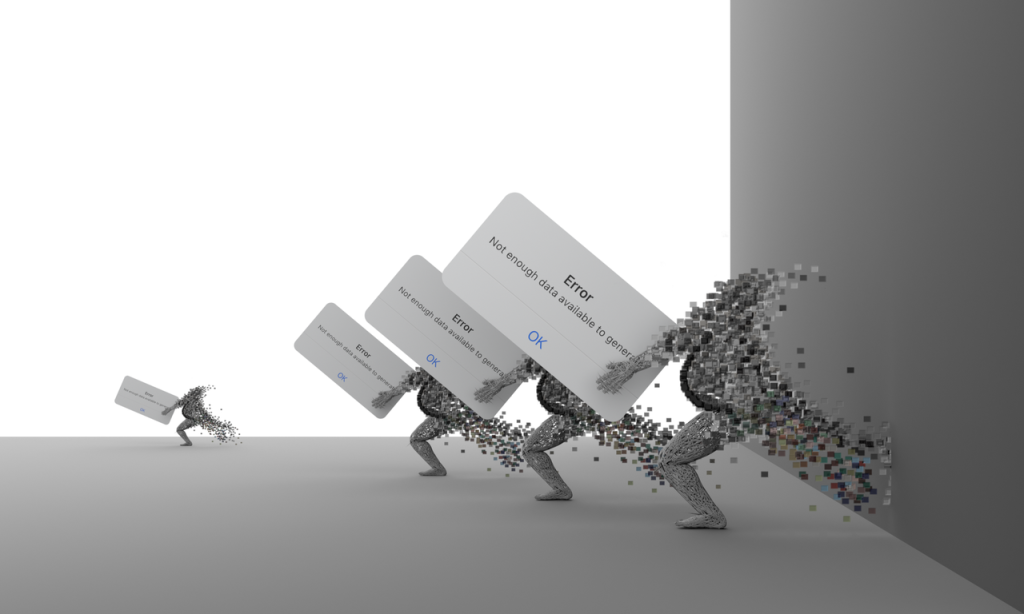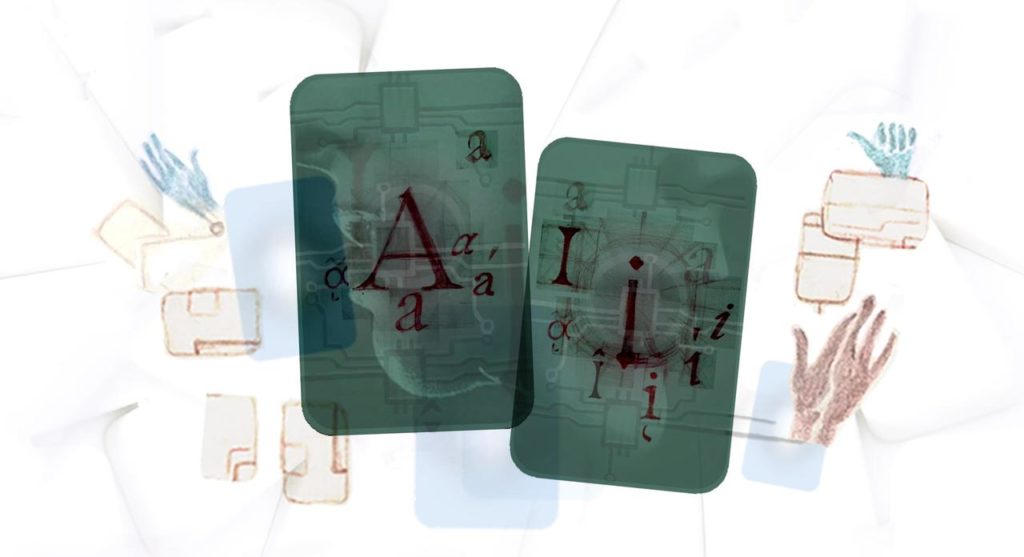TeacherMatic

The AI pioneers project which is researching an developing approaches to the use of AI in vocational and adult education in Europe is presently working on a Toolkit including analysis of a considerable number of AI tools for education. Indeed a problem is that so many new tools and applications are being released it is hard for organisations to know what they should be trying out.
In the UK, JISC has been piloting and evaluating a number of different applications and tools in vocational colleges. Their latest report is about TeacherMatic which appears to be adapted in many UK Further Education Colleges. TeacherMatic is a generative AI-powered platform tailored for educators. It provides an extensive toolkit featuring more than 50 innovative tools designed to simplify the creation of educational content. These tools help in generating various teaching aids, such as lesson plans, quizzes, schemes of work and multiple-choice questions, without users needing to have expertise in prompt engineering. Instead, educators can issue straightforward instructions to produce or adapt existing resources, including presentations, Word documents, and PDFs. The main goal of TeacherMatic, the developers say, is to enhance teaching efficiency and lighten educators’ workloads. To allow teachers to dedicate more time to student interaction and less to repetitive tasks.
For the pilot, each participating institution received 50 licenses for 12 months, enabling around 400 participants to actively engage with and evaluate the TeacherMatic platform.
The summary of the evaluation of the pilot is as follows.
The pilot indicates that TeacherMatic can save users time and create good quality resources. Participants commended the platform for its ease of use, efficient content generation, and benefits to workload. Feedback also highlighted areas for improvement and new feature suggestions which the TeacherMatic team were very quick to take on board and where possible implement.
Participants found TeacherMatic to be user-friendly, particularly praising its easy-to-use interface and simple content generation process. The platform was noted for its instructional icons, videos, and features such as Bloom’s taxonomy, which assists in creating educational content efficiently. However, suggestions for enhancements include the ability to integrate multiple generators into a single generator. It also remains essential for users to evaluate the generated content, ensuring it is suitable and accessible to the intended audience.
TeacherMatic was well-received across institutions, for its capabilities, especially beneficial for new teaching staff and those adapting to changing course specifications. Feedback showed that TeacherMatic is particularly valuable for those previously unfamiliar with generative AI. Pricing was generally seen as reasonable, aligning with most participants’ expectations.
TeacherMatic has been well-received, with a majority of participants recognising its benefits and expressing a willingness to continue using and recommending the tool.



